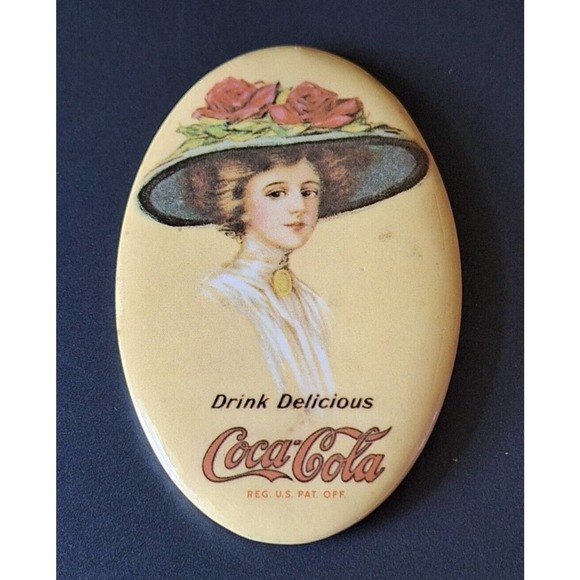
New
Arrivals/Restock
ICE CUBE DEATH CERTIFICATE ORIGINAL VINYL 1991
 Limited Time Sale
Limited Time SaleUntil the end
20
01
16
$39.20 cheaper than the new price!!
Free shipping for purchases over $99 ( Details )
Free cash-on-delivery fees for purchases over $99
Free cash-on-delivery fees for purchases over $99
See all stores
Please note that the sales price and tax displayed may differ between online and in-store. Also, the product may be out of stock in-store.
New $112.00
Product details
| Management number | 3182830 | Release Date | 2025/08/03 | List Price | $72.80 | Model Number | 3182830 | ||
|---|---|---|---|---|---|---|---|---|---|
| Category | |||||||||
Hip Hop classic from Ice Cube. Very controversial back in it's day for it's talk about race relations,politics and Cube's role in the Nation Of Islam. No skips anywhere on the record,vinyl plays beautifully. If you love West Coast classic Gangsta Rap,this album is essential. No Vaseline is considered one of the best diss tracks ever and is about Dre and NWA.
Correction of product information
If you notice any omissions or errors in the product information on this page, please use the correction request form below.
Correction Request Form


















